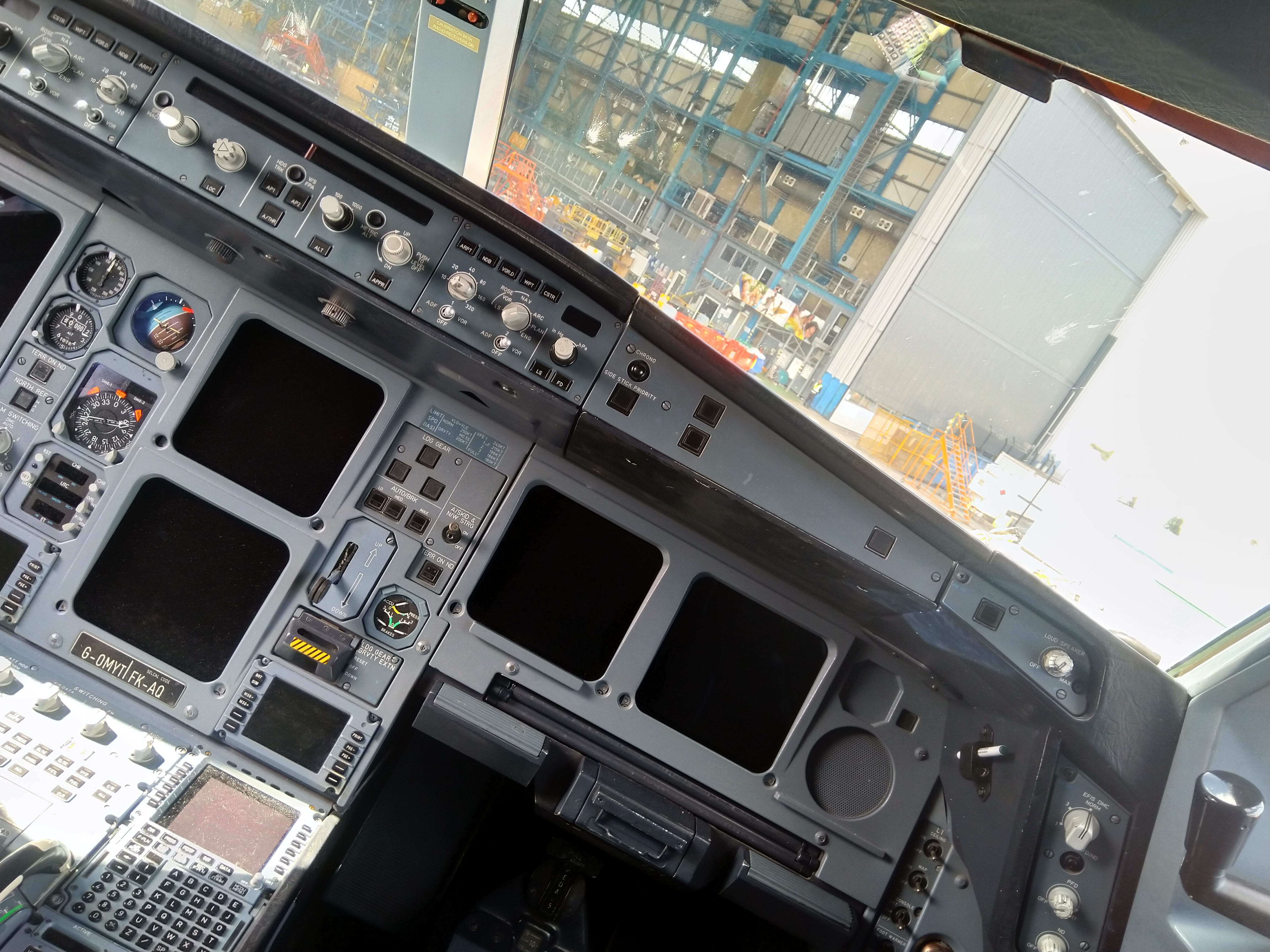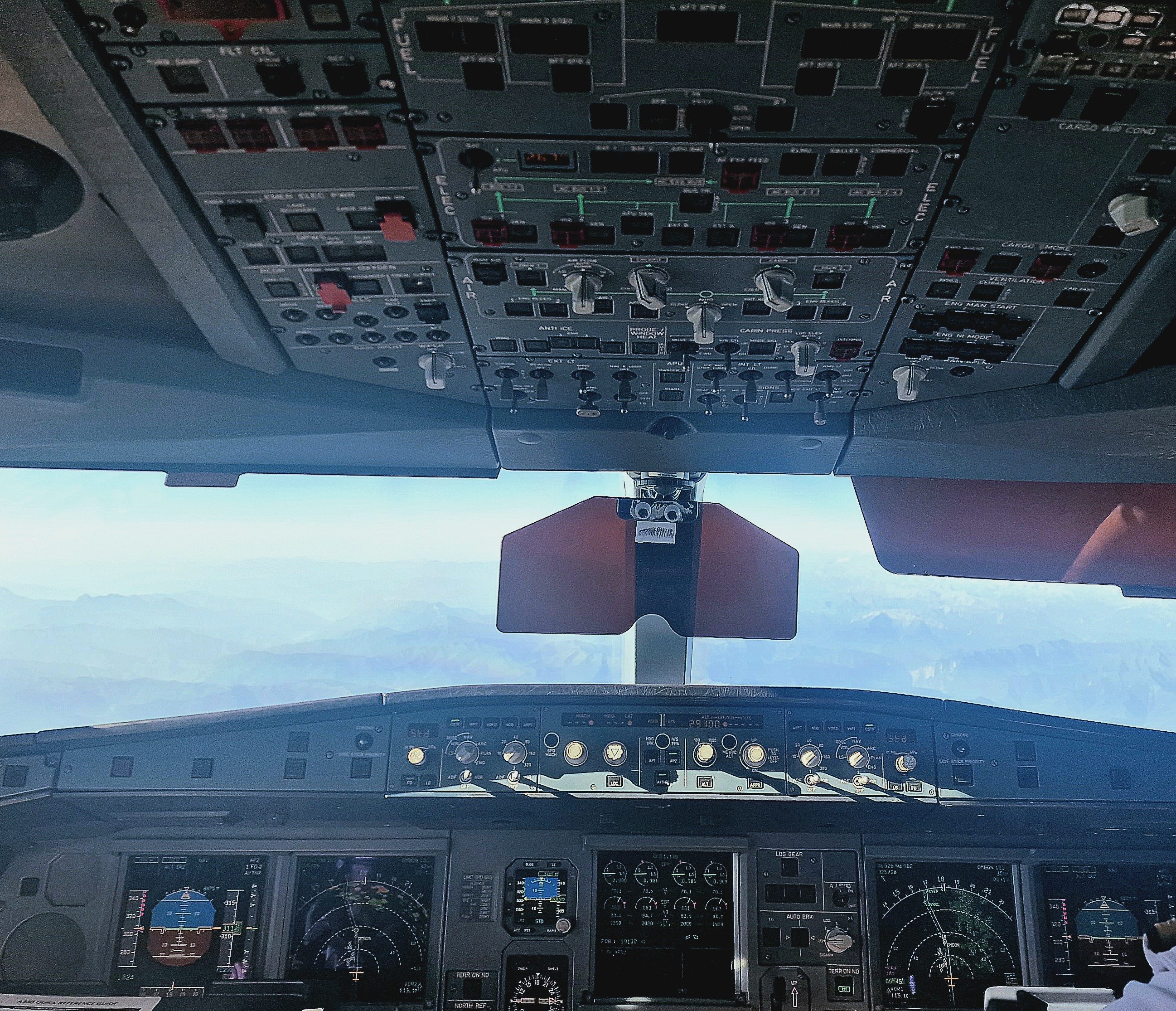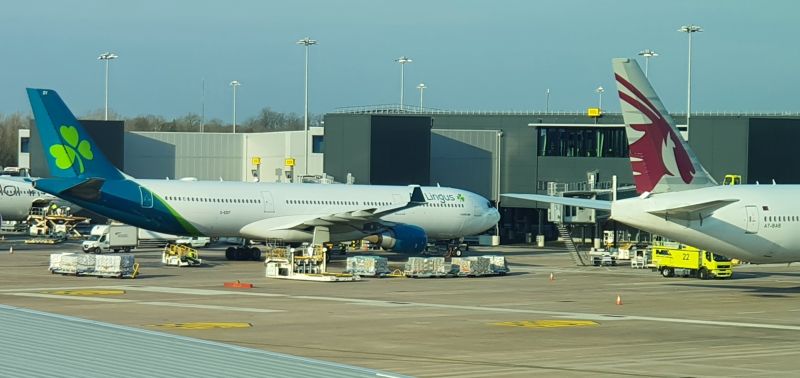The maintenance plan and your aircraft are important lease considerations for awareness during an aircraft lease transition; the maintenance program will be developed by a CAMO (Continued Airworthiness Management Organisation) based on multiple documents from the manufacturer of the aircraft and components along with other factors such as local authority requirements.
Within aircraft leasing the non-compliance on return or hand back can have severe and expensive implications; during a lease the operation of the aircraft is governed by airworthiness requirements and continued safety / compliance with the aviation authority requirements.
Following on from this then the end of lease will occur, and the aircraft is handed back to the lessor if it meets the lease return conditions – remember airworthiness compliance does not mean lease return compliance. The lease is about asset protection primarily and not airworthiness.
Considering this it means that for a lease return we need to prepare the aircraft and ensure compliance which will mean a thorough and complex review of the records.
In aircraft leasing there is a lot of importance on protection of the asset; the asset value is at the core of any financial consideration and an aircraft lease is not any different. The lessor is looking after the aircraft and engines as an asset and as such there will be multiple considerations that are not directly related to airworthiness such as not allowing lessees to use the aircraft a security for loans and also about ownership responsibilities and obligations.
The Aircraft Maintenance Programme (AMP) will be developed by a CAMO (Continued Airworthiness Management Organisation) and its importance for continued airworthiness is paramount; it is based on the many OEM documents (such as Airbus or Boeing etc) and considering some additional documents such as modifications, operator preferences, repairs and other factors such as local authority requirements.
The Limited Life Parts & Tracing the history for aircraft leasing is an important part of every review, not only for compliance, but also for two key reasons:
Costs.
Timescale to repair.
Some parts on an aircraft or commonly aircraft engines and landing gear are known as Life Limited Parts (LLP) or Safe Life Items (SLI). Very simply these are parts which have a defined life regardless of condition upon inspection.
When we start to review the SLI/LLP parts then we need to start at the beginning of the parts life – this means from when they are New. The tracing of the parts history is commonly referred to as a Back to Birth check.




